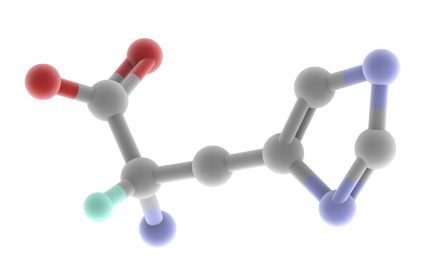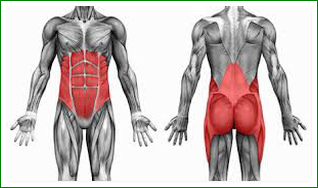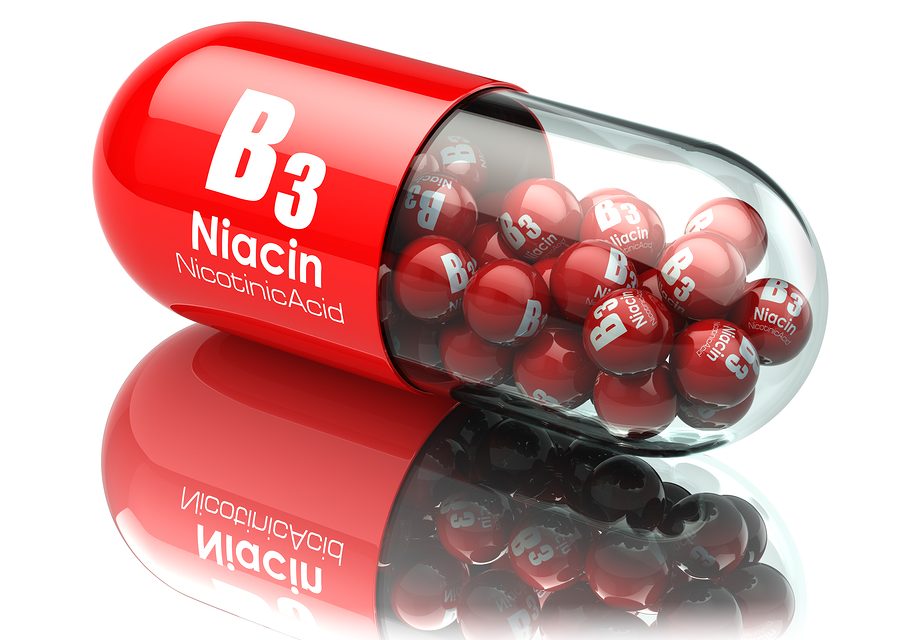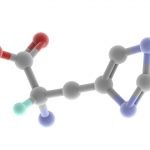Vitamin B3 (Niacin)
 B3 is one of 8 B vitamins. It is also known as niacin (nicotinic acid). All B vitamins help the body to convert food (carbohydrates) into fuel (glucose), which is used to produce energy. Two unique forms of vitamin B3 (called nicotinamide adenine dinucleotide, or NAD, and nicotinamide adenine dinucleotide phosphate, or NADP) are essential for the conversion of dietary proteins, fats, and carbohydrates into usable energy. Niacin also helps our body produce various sex and stress-related hormones, improve circulation and antioxidant protection.
B3 is one of 8 B vitamins. It is also known as niacin (nicotinic acid). All B vitamins help the body to convert food (carbohydrates) into fuel (glucose), which is used to produce energy. Two unique forms of vitamin B3 (called nicotinamide adenine dinucleotide, or NAD, and nicotinamide adenine dinucleotide phosphate, or NADP) are essential for the conversion of dietary proteins, fats, and carbohydrates into usable energy. Niacin also helps our body produce various sex and stress-related hormones, improve circulation and antioxidant protection.
Niacin has been used since the 1950s to try to lower elevated LDL (bad) cholesterol and triglyceride (fat) levels in the blood.
However, side effects can be unpleasant and even dangerous. Some evidence suggests that Vitamin B3 (in its different forms) might also help people who suffer from atherosclerosis, heart disease, diabetes, and osteoarthritis.
Dietary Sources
You can meet all of your body’s needs for B3 through diet. The best food sources of vitamin B3 are found in beets, brewer’s yeast, beef liver, beef kidney, fish, salmon, swordfish, tuna, sunflower seeds, and peanuts. Bread and cereals are usually fortified with niacin. In addition, foods that contain tryptophan, an amino acid the body converts into niacin, include poultry, red meat, eggs, and dairy products.
Dietary Deficiency
Many circumstances have combined to dramatically reduce the risk of B3 deficiency. Even though animal foods and fish are our richest sources of B3, it is not difficult for a vegetarian diet to provide ample amounts of B3. Symptoms of mild deficiency include indigestion, fatigue, canker sores, vomiting, and depression. Severe deficiency can cause a condition known as pellagra, which causes skin irritation, diarrhea, and dementia. Pellagra was common in the early twentieth century, but it has been virtually eliminated in western culture. People with poor diet, alcoholism, and some types of slow-growing tumors called carcinoid tumors might be at risk for niacin deficiency.













